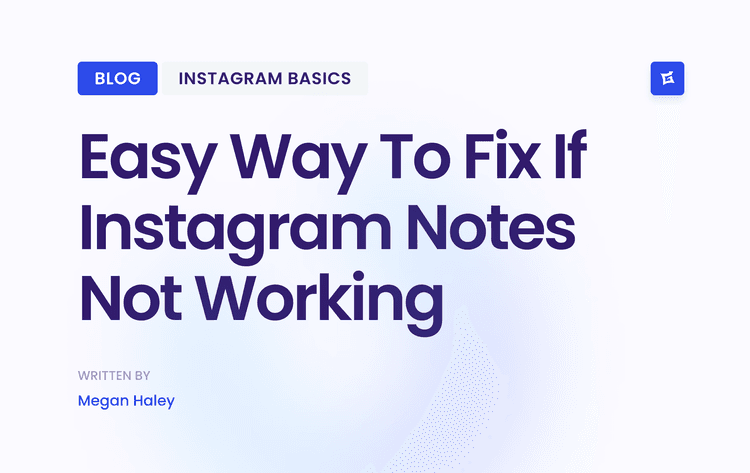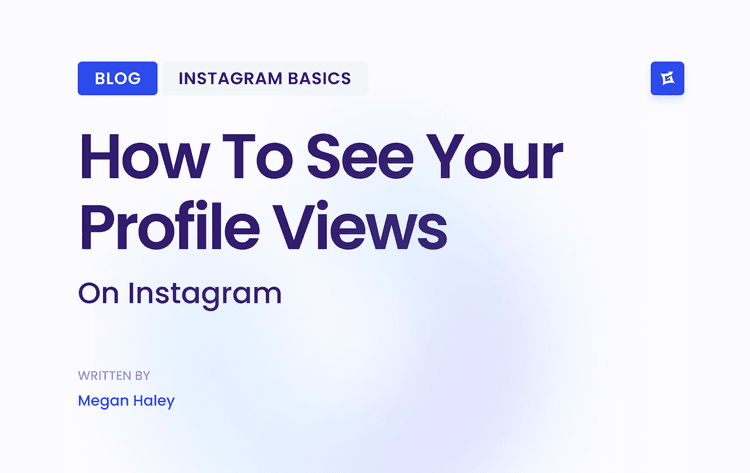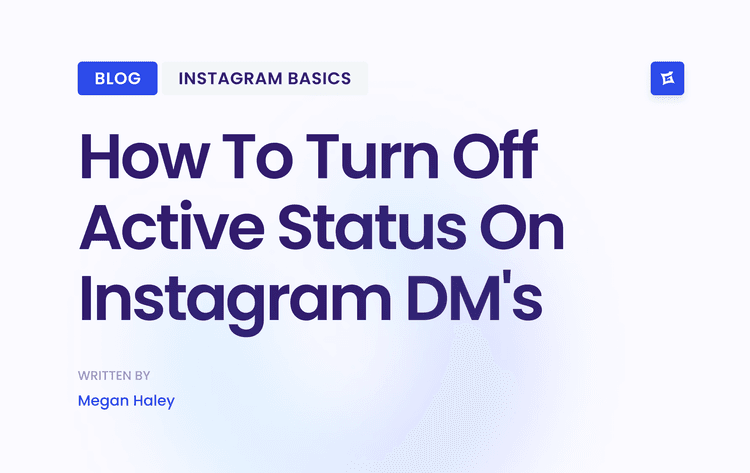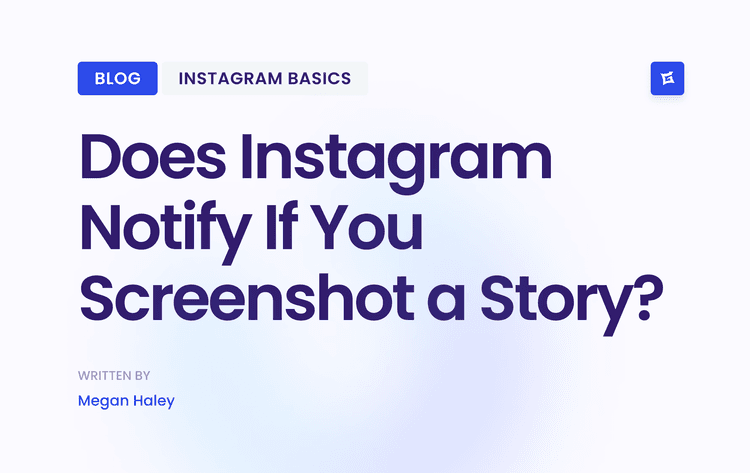Designing Your Modern Social Media Team
Before you even think about writing a job description, you need to map out your vision. Forget about generic org charts. Your goal is to build a team that’s custom-fit to your specific business objectives. After all, the team that works for a fast-paced B2C e-commerce brand will look completely different from one built for a B2B SaaS company trying to generate qualified leads.
The first step is always to pinpoint the core functions your team absolutely must own. These are the non-negotiable pillars of your entire social media operation.
Identifying Your Core Functions
Every successful social team, no matter how big or small, has to master a few fundamental areas. Think of these as the foundation you'll build specific roles and responsibilities upon. You have to be honest with yourself about what you truly need to accomplish.
Here are the four pillars I've seen in every great team:
Strategy and Planning: This is the "why" behind everything you do. It's about defining your target audience, setting KPIs that actually matter to the business, and picking the right platforms to focus on.
Content Creation and Curation: This is the "what" you post. It's a massive bucket that includes everything from writing killer copy and designing eye-catching graphics to shooting and editing videos. It also involves finding great third-party content to share.
Community Engagement and Management: This is where you talk with your audience, not just at* them. This function covers responding to comments, answering DMs, sparking conversations, and protecting your brand's reputation online.
Performance Analytics and Reporting: This is how you prove your worth. This function is all about tracking key metrics, digging into the data to find out what's working (and what isn't), and creating reports that clearly show the ROI of your efforts.
This visual helps illustrate how these functions connect and overlap, showing that a modern social media department is much more of a collaborative system than a rigid hierarchy.

As you can see, it’s not about siloed roles. A great team is an interconnected ecosystem where strategy informs creation, engagement provides feedback, and analysis guides the next strategic move.
Sizing Your Team Realistically
What's the ideal team size? The honest answer is: it depends. The structure of social media teams today is incredibly diverse, reflecting different company needs and budgets.
It's fascinating to see that almost 40% of marketers are a "team of one," handling all social media by themselves. On the other hand, 37.5% of marketers work in teams of 7–10 people, while 10.2% are part of much larger crews with over 10 members. You can dig into more of these numbers in this breakdown of social media team statistics on Planable.
The key isn't the number of people on your team, but the clarity of their purpose. A solo manager with a clear mission can outperform a large, disorganized team every time.
Let's look at two very different real-world scenarios:
1. The Nimble D2C Startup: A direct-to-consumer brand trying to drive immediate sales needs to be agile and churn out a ton of content. Their structure might be a "player-coach" Social Media Manager who handles strategy and community, supported by a freelance video editor and a graphic designer to keep the visual content flowing on platforms like Instagram and TikTok.
2. The Established Enterprise: A large B2B corporation focused on building thought leadership and capturing leads needs a more specialized crew. Their team might include a Social Media Strategist, a dedicated Content Writer who can break down complex topics, a Community Manager focused on LinkedIn groups, and a Data Analyst to track every step of the conversion funnel.
When you define your goals and functions first, you're essentially creating a strategic blueprint. This ensures that every hire you make is a deliberate step toward building a team that doesn't just manage social media—it uses it to drive real, tangible business growth.
Finding and Hiring Your Social Media Experts
So, you’ve got your team blueprint. The next big step? Finding the right people to bring it to life. This is where great social media management truly begins—by attracting and hiring experts who not only have the chops but also genuinely click with your company's culture.
This isn't about just throwing a job ad out there and hoping for the best. It starts way before that, with a crystal-clear picture of who you're looking for and where they hang out online.
Crafting a Job Description That Actually Attracts Talent
A generic job description is a magnet for generic candidates. Simple as that. If you want a real pro, you need to write a role profile that speaks their language and gets them excited.
Ditch the stuffy corporate jargon. Instead, focus on the impact. What will this person actually achieve in their first 6 months? What does a huge win look like in this role?
For a Social Media Strategist: Don't just say "develops strategy." Try something like, "You'll own our social strategy from the ground up, figuring out our key audiences and building smart, data-driven campaigns that bring in real leads."
For a Content Creator: "Creates content" is a snooze. How about, "You're a visual storyteller who will make our brand pop on Instagram and TikTok, creating knockout videos, slick graphics, and copy that gets people talking."
For a Community Manager: Move beyond "manages community." Describe the heart of the job: "You'll be the voice of our brand, building real relationships with our followers, turning fans into advocates, and bringing back priceless customer insights."
When you frame it this way, you're not just listing tasks; you're selling a mission. It helps candidates see themselves in the role and naturally filters for people who are driven by results.
Where to Find Top Social Media Professionals
Let's be honest, the very best candidates usually aren't doom-scrolling the giant job boards. While a platform like LinkedIn is a must, you need to be smarter and go where the experts are. When hunting for top-tier social media talent, it just makes sense to use proven social media tactics for recruitment.
Think about these often-overlooked but super-effective channels:
Niche Online Communities: Dive into specific Slack channels, Facebook Groups, or Discord servers dedicated to social media marketing. This is where the real talk happens.
Professional Hangouts: Get active in places where marketers share their work and trade ideas. See who’s doing impressive stuff.
Industry Events: Whether they're virtual or in-person, conferences are gold mines for meeting passionate, skilled people.
By being active in these spaces, you get to see a candidate's expertise in action before you even see a resume.
Deciding Between In-House, Freelancers, or an Agency
The final piece of the hiring puzzle is figuring out the right employment model for your business. Each route has its own pros and cons, and the best fit really boils down to your budget, goals, and how hands-on you need to be.
Authenticity and Value Alignment: Implementing this approach is highly complex, as it requires deep research and thorough vetting of influencers to ensure alignment with brand values. While it demands moderate resources and can be time-intensive, it usually involves fewer influencers overall. The result is higher engagement, stronger trust, and enhanced brand credibility. This strategy is ideal for brands seeking genuine, long-term connections. Its key advantages include authentic endorsements, a stronger reputation, and more creative, value-driven content.
Micro and Nano-Influencer Strategy: This strategy has a medium-to-high level of implementation complexity, as it involves managing multiple small influencer relationships. Resource needs are generally low to moderate because these partnerships are more affordable. Expected outcomes include high engagement rates, strong ROI, and precise niche audience targeting. It’s best suited for startups, niche products, and local or regional campaigns. The main advantages are cost-effectiveness, authentic recommendations, and scalability.
Long-Term Ambassador Programs: These programs are complex to implement, requiring long-term contracts, relationship management, and consistent collaboration. They demand high resource investment for sustained engagement and incentives. The payoff is strong brand association and compounding ROI over time. They’re ideal for brands seeking consistent visibility and authentic storytelling. Advantages include deeper brand integration, genuine narratives, and easier campaign planning over time.
Data-Driven Influencer Selection: This approach has medium-to-high complexity, as it relies on analytics tools and data interpretation. Resource requirements are moderate to high, given the need for platforms and expertise. It delivers reduced risk, improved ROI, and better fraud prevention. It’s ideal for brands that prioritize data accuracy and efficient budget allocation. Its advantages include objective influencer selection, clear performance benchmarks, and fraud detection.
Creative Freedom and Collaboration: This method carries medium implementation complexity, as it requires trust, clear communication, and well-defined creative briefs. Resource needs are moderate, often involving content reviews and active collaboration. Expected results include more authentic, engaging content and stronger influencer relationships. It’s best for brands that value creativity and authenticity. The main benefits are higher engagement, influencer satisfaction, and a more relatable brand voice.
Multi-Platform Content Strategy: Implementing a multi-platform approach is highly complex, involving the adaptation and scheduling of content across different channels. It requires significant resources due to production costs and the need for coordinated management. Outcomes include broader reach, higher frequency of exposure, and multi-touch conversions. This strategy is ideal for brands targeting diverse audiences across various social platforms. Advantages include diversified engagement, synergy between platforms, and maximized visibility.
Performance-Based Compensation Models: These models have medium-to-high complexity because they require precise tracking and payment systems. Resource requirements are moderate, focused on setup and monitoring. The expected outcomes are aligned incentives, improved ROI visibility, and stronger accountability. They work best for brands emphasizing measurable results and performance-based rewards. Key advantages include reduced risk, motivated influencers, and scalable payout structures.
Transparent FTC Compliance and Disclosure: Compliance initiatives carry medium implementation complexity, requiring regular monitoring and influencer education. Resource needs are low to moderate, typically involving contractual clauses and periodic audits. The main outcomes are legal compliance and sustained audience trust. This practice is essential for all brands engaged in influencer marketing. Benefits include reduced legal risk, stronger brand trust, and protection of reputation.
Comprehensive Campaign Measurement and Attribution: This approach is highly complex, involving advanced tracking systems and data integrations. It demands significant resources, including analytics tools and skilled personnel. The expected impact is clearer ROI measurement, actionable optimization insights, and accurate attribution of campaign performance. It’s ideal for brands focused on data-driven decision-making and accountability. Advantages include proven ROI, identification of top-performing influencers, and continuous strategy improvement.
I've often found that a hybrid model is the sweet spot. You could have an in-house Community Manager handling the day-to-day engagement, a freelance video editor for amazing Reels, and a small agency running your strategic paid ad campaigns.
This kind of flexibility gives you the best of all worlds. You get deep brand knowledge where it matters most while tapping into specialized skills exactly when you need them. It's all about building a powerful, adaptable team that makes the most of every dollar.
Creating Workflows That Actually Work
Hiring a team of talented social media pros is a great first step, but raw talent doesn't automatically equal results. Without solid processes in place, even the most brilliant team can descend into chaos, leading to missed deadlines, inconsistent messaging, and a whole lot of frustration. The real secret to success is building an operational engine that empowers your people instead of holding them back.
This isn't about bureaucracy. It’s about creating practical, repeatable workflows that cover everything from a spark of an idea to a published post. Think of it as building a system that nurtures creativity while bringing some much-needed order to the daily grind.

Building Your Content Lifecycle Framework
Every single social media post takes a journey. It starts as a rough idea and moves through several stages before it ever sees the light of day. The first step to a functional workflow is simply mapping out that journey. A clear framework ensures tasks don't fall through the cracks and everyone knows exactly what they're responsible for at each step.
Most content moves through a few key phases:
Ideation and Strategy: This is where you brainstorm campaign themes, post topics, and creative angles that actually tie back to your business goals.
Creation: Time to get hands-on. This involves writing copy, designing graphics, shooting and editing video—basically, assembling all the creative assets.
Review and Approval: Drafts get passed around to key stakeholders (think legal, brand, or leadership) for feedback and the all-important final sign-off.
Scheduling: Once approved, the content is loaded into a scheduling tool and set to publish on the right platforms at the right time.
Monitoring and Engagement: The job isn't done when it goes live. Now it's time to track performance and manage all the comments, shares, and questions from your community.
Defining these stages creates a predictable path for every piece of content you produce. That clarity is crucial for managing team expectations and maintaining a steady, consistent output. To really get this humming, you'll want to implement an effective content workflow management system.
The Content Calendar as Your Single Source of Truth
A shared content calendar is the absolute backbone of any organized social media team. It's so much more than a schedule; it's a strategic map that gives everyone a complete view of all planned activities across every single channel. Good visibility is what stops the last-minute scrambles and ensures your content is balanced and perfectly timed with your campaigns.
This calendar needs to be the central hub for everything. Each entry should have enough detail to keep the entire team aligned without needing a meeting.
Platform Specifics: Where is this going? An Instagram Reel is very different from a LinkedIn thought leadership post.
Key Messaging: What's the main point or call-to-action?
Visual Assets: Include a direct link to the final graphic, video, or image file. No more hunting through folders.
Status: Where is this post in the workflow? (e.g., In Draft, Pending Approval, Scheduled).
Publication Date and Time: The exact moment it’s set to go live.
A well-maintained content calendar isn't just a planning tool—it's a communication tool. It kills the endless "What's the status of that post?" Slack messages and empowers everyone with the information they need to do their jobs.
Designing a Bottleneck-Free Approval Process
I've seen it a hundred times: nothing kills creative momentum faster than a convoluted approval process. When a great piece of content gets stuck in limbo waiting for feedback from five different people, deadlines get blown, and the creative spark just fizzles out. A streamlined approval workflow is non-negotiable if you want to stay agile.
First, get crystal clear on who needs to approve what. Does the CMO really need to sign off on every daily tweet, or just major campaign announcements? Set the ground rules to prevent pointless delays. A tiered approach is usually your best bet.
Daily Engagement Posts:
These posts require approval only from the Social Media Manager. They have no formal turnaround time, allowing for quick, day-to-day publishing to maintain audience engagement.Organic Campaign Content:
This type of content must be approved by both the Marketing Manager and the Brand Manager. The typical turnaround time for review and approval is 24 hours.Paid Ad Creative:
Paid advertising materials require sign-off from the Marketing Manager, the Paid Media Specialist, and the Legal team. The expected turnaround time for approvals is 48 hours to ensure compliance and quality.Crisis Communication Posts:
Crisis-related communications must be approved immediately by the Leadership Team, PR, and Legal departments. These posts are prioritized for rapid review and release to manage urgent brand communications effectively.
Project management tools like Asana or Trello can automate a lot of this for you. You can set up templates where a task automatically moves from "Draft" to "In Review" and notifies the next person in line. This builds in accountability and creates a clear feedback trail. For more hands-on advice, check out this excellent guide to the https://www.gainsty.com/blog/content-creation-workflow that many marketing teams use.
By putting these kinds of structured workflows in place, you’re not just managing tasks—you’re changing a group of individuals into a high-performing, coordinated unit. This is how you build a system where creativity can truly shine, all while ensuring consistency and hitting your deadlines.
Building a Powerful Social Media Tech Stack
Your social media team's effectiveness can be supercharged with the right technology. A well-chosen, connected tech stack acts as a force multiplier, handling the grunt work so your people can focus on what they do best: creative thinking and high-level strategy. This isn't just about buying software; it's about building an ecosystem.
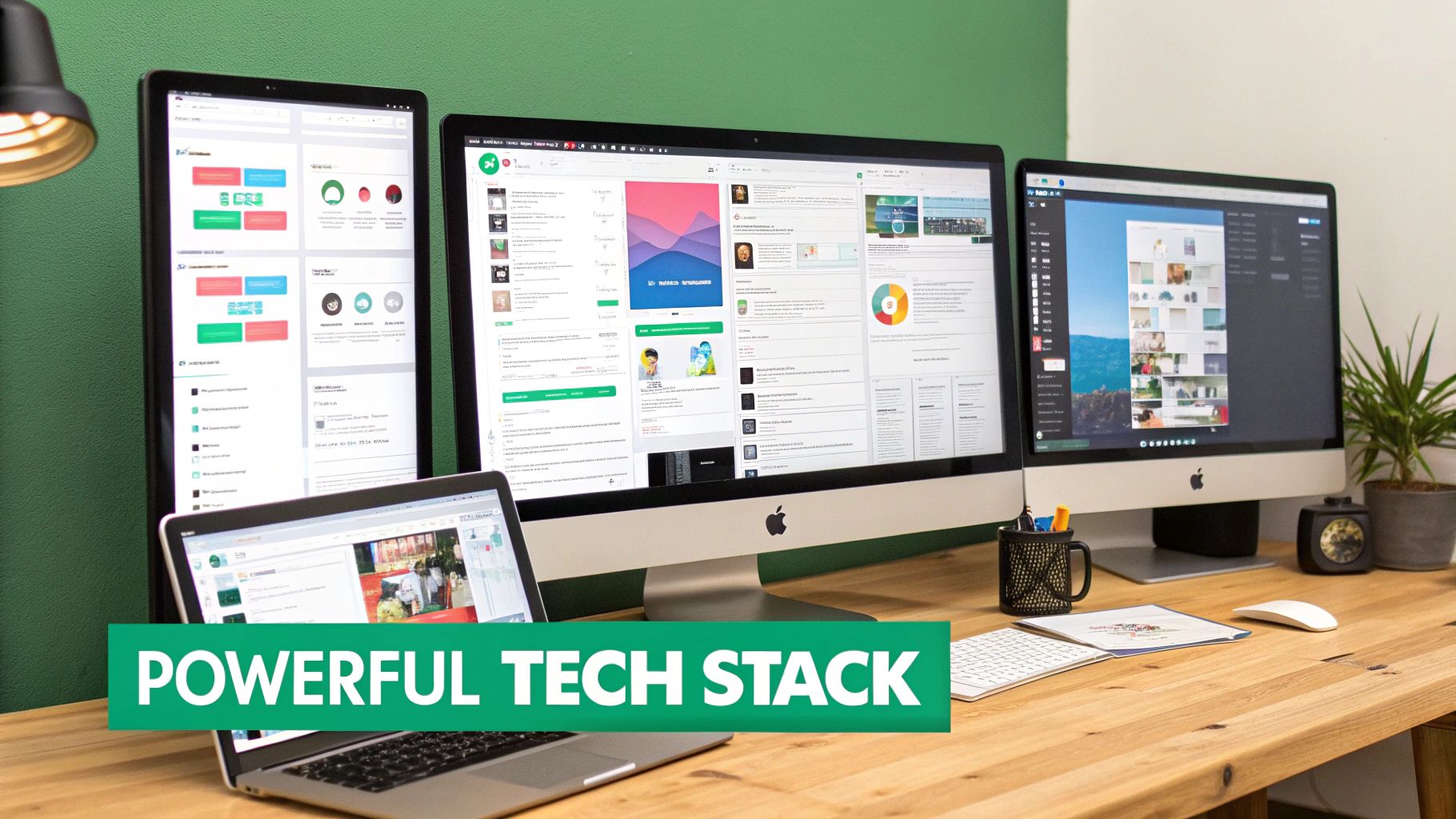
The goal isn't to get the most expensive tools. It's to find the right ones that solve actual problems for your team and, crucially, that work well together.
The Essential Tool Categories
When I advise teams on building their tech stack, I always start with four foundational pillars. These categories cover the entire social media workflow, from the initial spark of an idea to the final performance report.
Here’s what every high-performing team needs:
Publishing and Scheduling: These are the workhorses. Think of tools like Buffer or Sprout Social. They let you line up and schedule content across all your channels from one place. This alone saves an incredible amount of time.
Social Listening and Monitoring: You can't operate in a vacuum. You need to know what’s being said about your brand, your competitors, and your industry. Platforms like Brandwatch are brilliant for tapping into those conversations and turning online chatter into real insights.
Content Creation Suites: This is your creative arsenal. It could be something as simple and user-friendly as Canva for whipping up quick graphics, or you might need the full power of Adobe Creative Cloud for professional video and design.
Analytics and Reporting: How do you prove your team's work is paying off? With solid data. Analytics tools dig deeper than the native platform metrics, giving you a clear picture of audience behavior, campaign performance, and—most importantly—ROI.
If you're just starting to explore options, this curated list of essential social media agency tools is a great place to get a feel for what’s out there.
Integrating AI as a Strategic Partner
Let's be clear: artificial intelligence isn't a futuristic buzzword anymore. It's a practical, powerful assistant for any modern social team. The trick is to see AI not as a replacement for your people, but as a partner that makes them better at their jobs.
In fact, AI is quickly becoming a core part of social strategy. Research from Hootsuite’s social media trends report shows that more than three-quarters of social strategy leaders are already using AI. And they're not just using it to write captions; they're deploying it for complex analytics, campaign management, and even brand forecasting.
AI is at its best when it handles the heavy lifting—the data crunching and repetitive tasks. This frees up your team's brainpower for the creative, strategic thinking that a machine simply can't do.
Here are a few practical ways I’ve seen teams put AI to work:
Sparking new ideas: Feed an AI a recent blog post and ask it to brainstorm a week's worth of social content. It’s a fantastic way to beat writer’s block.
Gauging audience sentiment: Instead of manually reading thousands of comments after a product launch, let an AI tool analyze them in minutes to give you the overall vibe.
Spotting trends early: AI can scan millions of conversations to identify emerging keywords and topics, giving you a head start on creating relevant content before everyone else jumps on the bandwagon.
Choosing the Right Tools for Your Team
The sheer number of tools available can be paralyzing. The secret is to start with your team’s real-world problems and workflows, not a flashy list of features.
Before you pull the trigger on any new software, run it through this simple evaluation process.
A quick comparison of some popular tools can help frame your thinking:
Social Media Tool Comparison
All-in-One Management Tools: Platforms such as Sprout Social and Hootsuite provide an integrated solution for publishing, monitoring, analytics, and audience engagement all in one place. These tools are best suited for teams seeking a single, unified platform to manage most social media activities efficiently.
Content Creation Tools: Applications like Canva and Adobe Express enable quick design of graphics, short videos, and other visual assets. They’re ideal for teams that need to produce a large volume of creative content but don’t have a dedicated design professional on staff.
Deep Analytics Tools: Solutions such as Brandwatch and Talkwalker specialize in advanced social listening, sentiment analysis, and trend identification. These tools are best for data-driven teams looking to uncover deeper market insights and go beyond basic engagement metrics.
Scheduling and Publishing Tools: Platforms like Buffer and Later focus on helping users plan, schedule, and publish social media posts efficiently. They’re especially useful for smaller teams or individuals who primarily need a robust, easy-to-use content calendar and scheduling system.
Ultimately, the best tools are the ones your team will actually use. By building a tech stack that is connected and tailored to your specific needs, you're not just buying software—you're making a strategic investment that empowers your team to work smarter and deliver measurable results.
Measuring Performance and Driving Team Growth
Great social media management goes way beyond just having slick workflows and the right software. It's about proving your team’s value to the business and, just as importantly, investing in your people's future. To really nail this, you have to stop chasing vanity metrics and start focusing on performance indicators that actually move the needle.
This means the conversation has to shift away from surface-level numbers like follower counts. Instead, we need to talk about KPIs that tie directly back to what the company cares about. To get leadership to listen and invest, you have to speak their language: revenue, leads, and customer loyalty.
Defining Metrics That Actually Matter
The success of your team should be measured by its impact, not just its activity. The trick is to work backward from the company's biggest goals. If the C-suite is obsessed with lead generation, then your primary social metric should be conversion rates from social traffic, not just how many people clicked a link.
To show your team’s real worth, you need to weave together a few different types of metrics that tell the full story.
Conversion Metrics: You need to know how many people who come from your social channels actually do something meaningful—like fill out a form, sign up for a demo, or buy a product. Using UTM parameters for every single link isn't optional; it's how you prove your efforts are working.
Lead Quality: Don't just stop at counting the number of leads. Go deeper. Partner up with your sales team to find out if the leads coming from social media are actually any good. I'd much rather have a small handful of high-quality leads than a firehose of junk that wastes everyone's time.
Customer Lifetime Value (CLV): This is the ultimate proof. Can you show that customers you bring in through social media stick around longer or spend more over their lifetime? This demonstrates the long-term value of the community you're building.
When you start reporting on these kinds of bottom-line metrics, you completely change the narrative. The social media team stops looking like a cost center and starts being seen as a powerful growth engine. For a more detailed playbook on this, our guide on how to measure social media success is a great resource.
Building Reports That Tell a Compelling Story
Raw data is pretty useless on its own. Your real job as a manager is to turn those numbers into a story that leadership can understand and get excited about. A truly great report doesn’t just spit out data; it gives context, explains why the numbers look the way they do, and offers smart recommendations for what to do next.
Resist the urge to throw every chart you have into a report. It's just noise. Instead, build a clean dashboard that focuses on 3-5 primary KPIs—the ones directly connected to business goals. For each one, show the trend over time so you can track progress and compare it to last month or last quarter.
The most effective reports connect social media efforts to tangible business outcomes. Frame your wins in terms of revenue generated, pipeline influenced, or customer service costs saved. This makes your team's impact impossible to ignore.
For instance, a report for a B2B company might lead with, "Our LinkedIn campaigns generated 25 qualified marketing leads this quarter, influencing $50,000 in sales pipeline." That is infinitely more impactful than saying, "Our LinkedIn posts got 10,000 impressions."
Cultivating a Culture of Growth and Development
At the end of the day, your team is your most valuable asset. Pouring into their growth isn't just a "nice-to-have"—it's how you build a resilient, motivated team that can keep up with the constant changes in social media.
This starts with performance reviews that are actually useful and forward-looking. Don't just rehash the past three months. The conversation should be about their career goals, the skills they want to build, and where they see themselves going.
Provide Access to Training: Give your team a budget for online courses, industry conferences, or certifications. It’s a clear signal that you're invested in their careers.
Encourage Experimentation: Make it safe to fail. Your team should feel comfortable trying a new video format, testing a different platform, or running a weird campaign without fear of getting in trouble if it doesn't work. Those "failures" are just learning opportunities in disguise.
Foster Internal Advocacy: Empower your team to be your best brand ambassadors. When you have clear policies and encourage employees to share company content, you can see a big jump in engagement—some studies show a 20% increase. A strong, authentic social presence also makes hiring way easier, contributing to a 25% increase in recruitment success, according to data from Crop.ink.
When you measure what matters and actively develop your people, you build a team that doesn't just hit its targets. You build a team that innovates, evolves, and grows right alongside the business. That's the real mark of a great social media leader.
Answering Your Toughest Social Media Team Questions
Even with a perfect plan on paper, running a social media team means you'll constantly be putting out fires and solving problems on the fly. Let's be real—managing people and platforms is messy. So, let's tackle some of the most common questions I hear from managers who are in the trenches, trying to build something great.
Think of this as your field guide for the situations that will inevitably pop up.
How Do I Build a Team When My Budget Is Tiny?
This is the big one, especially for startups and small businesses. The idea of a full-fledged team feels like a distant dream. The trick is to stop thinking about a traditional structure and embrace the "player-coach" model.
What does that mean? You hire one rockstar Social Media Manager—someone who can think strategically but isn't afraid to get their hands dirty with the daily grind. This person needs to be a jack-of-all-trades, equally comfortable writing copy, engaging with followers, and digging into the analytics.
Then, you strategically bring in freelancers for the heavy lifting or specialized skills your manager might not have.
Graphic Design: Don't have your manager spend hours in Canva. Hire a freelancer for key campaign visuals or a set of fresh templates.
Video Editing: Raw video is one thing, but a polished Reel or TikTok is another. Outsource the editing to a pro.
Copywriting: For that crucial ad campaign or a new landing page, a dedicated copywriter can make all the difference.
The core idea here is to focus your firepower. Instead of trying to be everywhere, pick one or two platforms where your audience actually lives and dominate them. It’s far better to be amazing on one channel than mediocre on five.
What Metrics Actually Matter?
It’s incredibly easy to drown in data. If you want to prove your team’s worth (and keep your budget), you have to look past vanity metrics like follower counts. Nobody in the C-suite cares about how many followers you have; they care about how that translates to revenue.
Your reporting should tell a complete story, connecting your team's daily activities to real business results. I always recommend tracking a mix of metrics from across the funnel:
Awareness: Start with Reach (how many unique eyeballs saw your content) and Share of Voice (how much of the conversation around your industry you actually own compared to competitors).
Engagement: The key here is Engagement Rate (total interactions divided by reach or followers). This tells you if people actually care about what you're posting.
Conversion: This is where you make your case for ROI. Track Click-Through Rate (CTR), of course, but the gold standard is Conversion Rate. Use UTM parameters religiously to see how many of those clicks turned into sales, leads, or sign-ups.
Audience Health: Don't forget the qualitative side. Use Sentiment Analysis to get a feel for how people are talking about your brand. Is it positive, negative, or neutral?
When you present these data points together, you’re no longer just talking about social media—you’re talking about its direct impact on the bottom line.
How Often Should My Team Meet?
Finding the right meeting rhythm is a balancing act. You need to keep everyone aligned, but you also want to avoid the dreaded "death by meetings" that kills productivity. I’ve found that a hybrid approach works best for keeping a team nimble.
Here’s a schedule that fosters both quick reactions and long-term thinking:
The Daily Stand-up (15 minutes max): This is a quick morning huddle. What’s on the docket for today? Are there any roadblocks? What’s trending that we can jump on right now*? Keep it fast and focused.
The Weekly Strategy Sync (1 hour): Set aside a dedicated hour each week to zoom out. This is where you review last week’s numbers, plan the content for the week ahead, brainstorm creative concepts, and check in on bigger campaign goals.
This combination of a daily pulse check and a deeper weekly review keeps the team both responsive to the moment and locked in on the bigger picture.
Ready to stop worrying about follower counts and start seeing real growth? Gainsty uses a powerful combination of expert strategy and AI to attract genuine, engaged followers to your Instagram profile. Get the authentic audience you deserve. Learn more about growing with Gainsty.

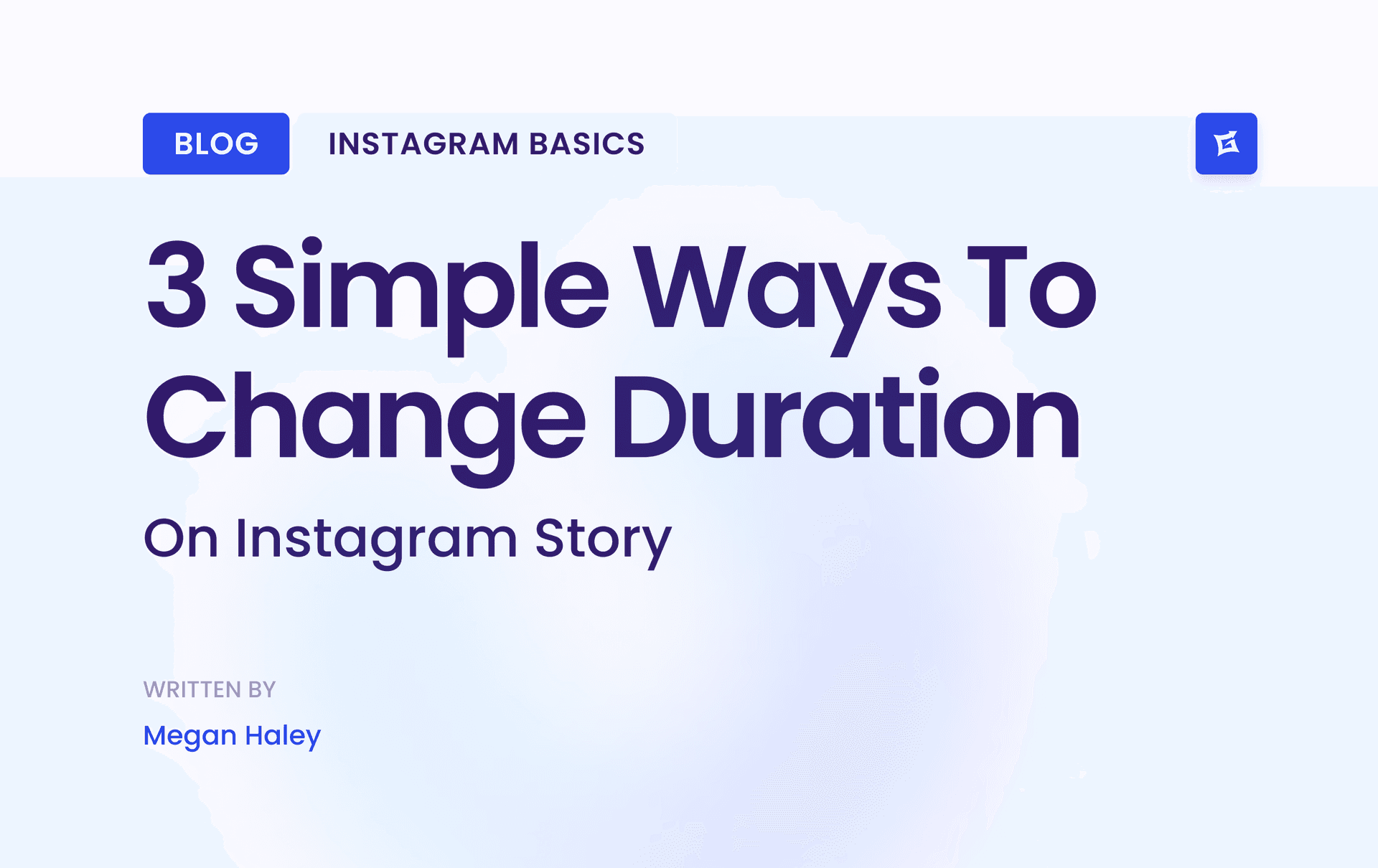
.png&w=1920&q=75&dpl=dpl_9XSWKBjhcBN6v6b1SN7m3p1WWjfr)
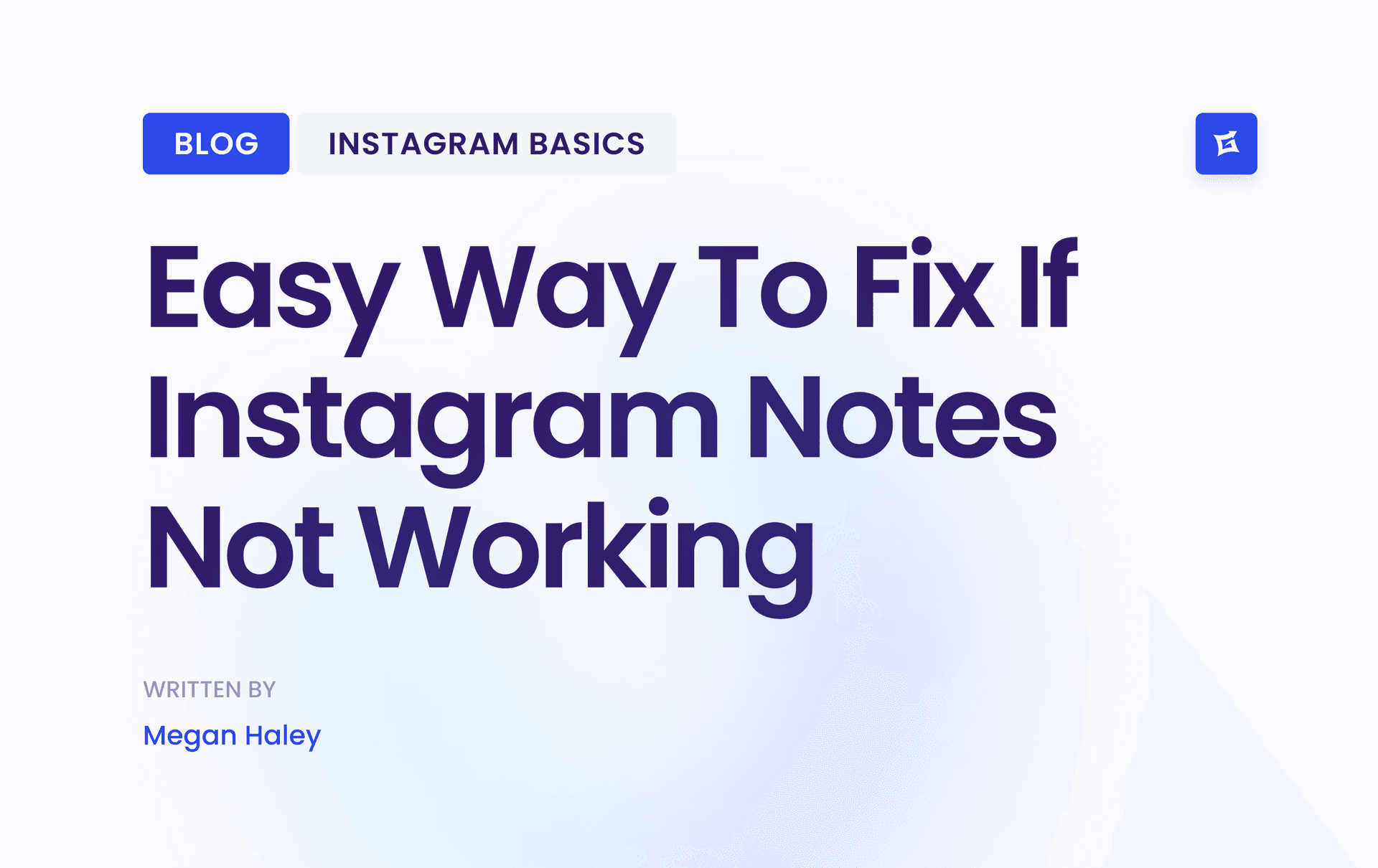
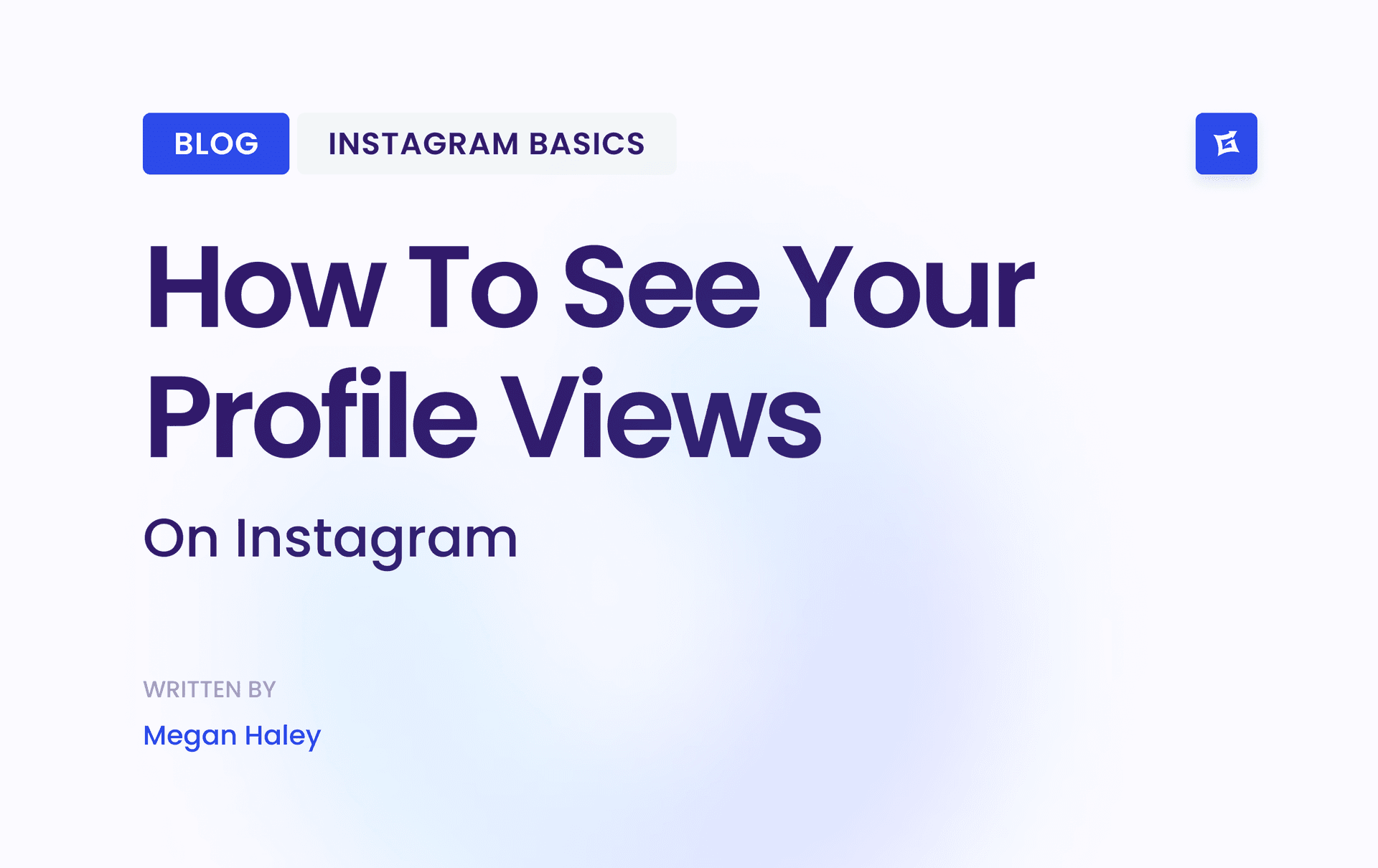
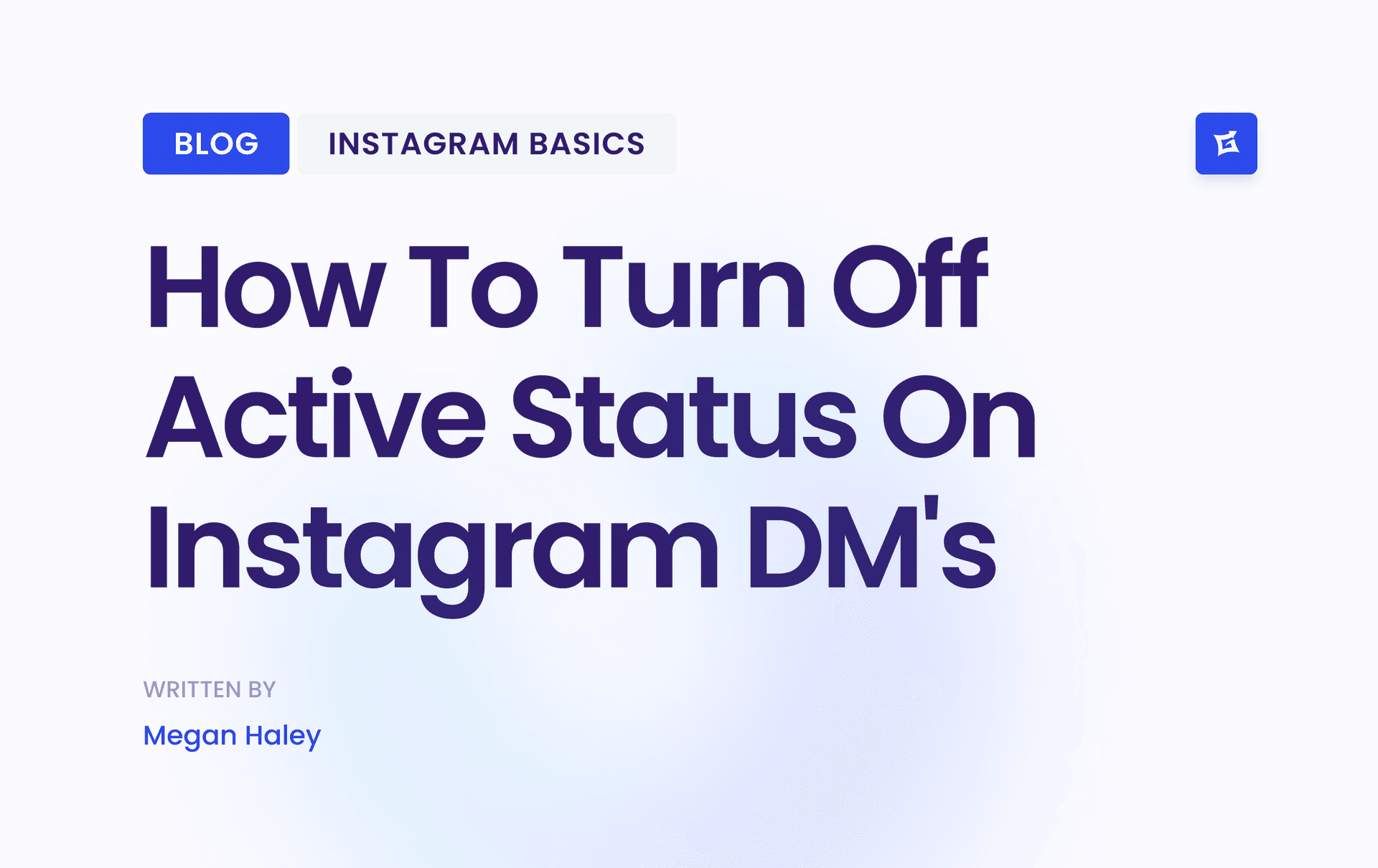
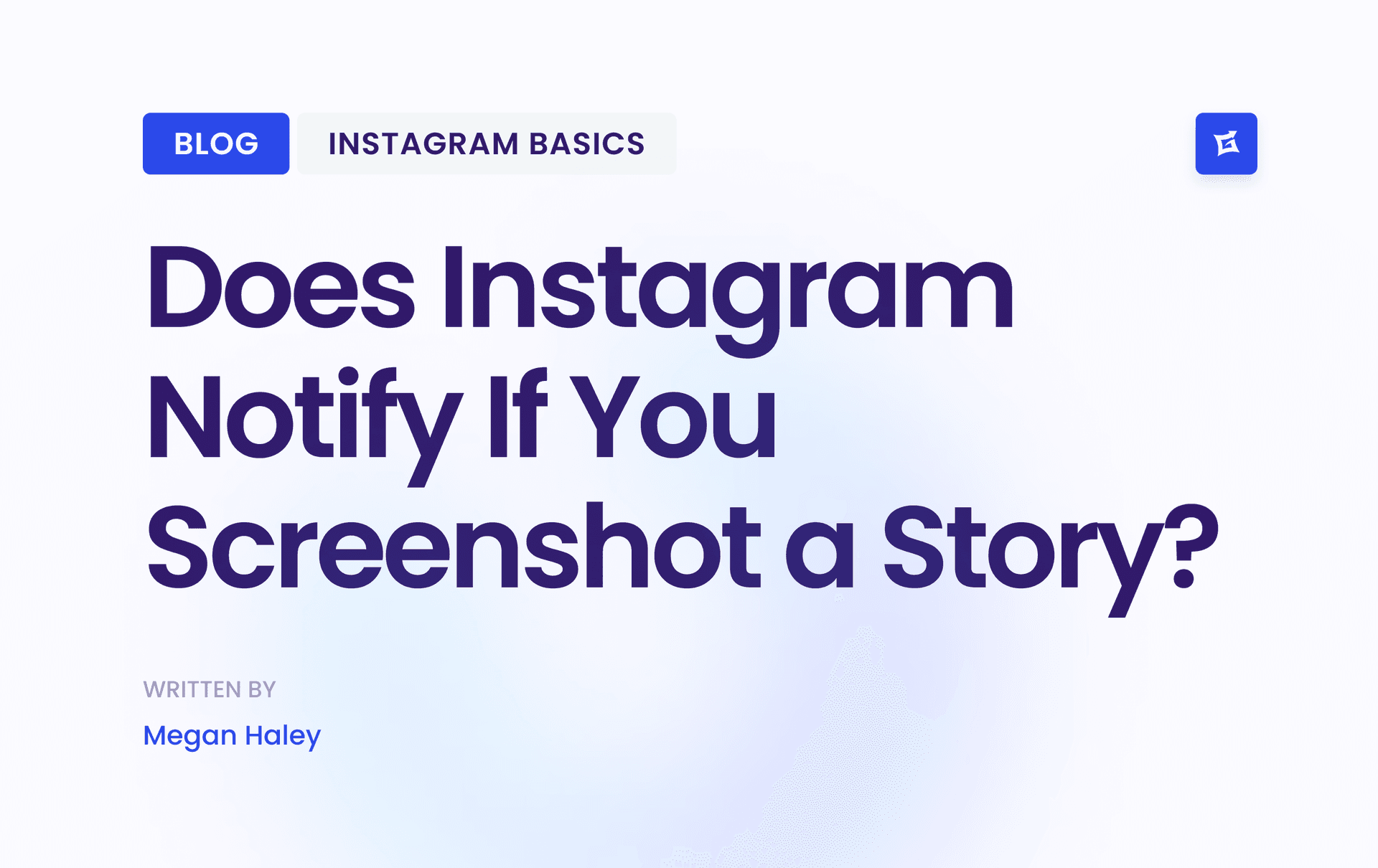



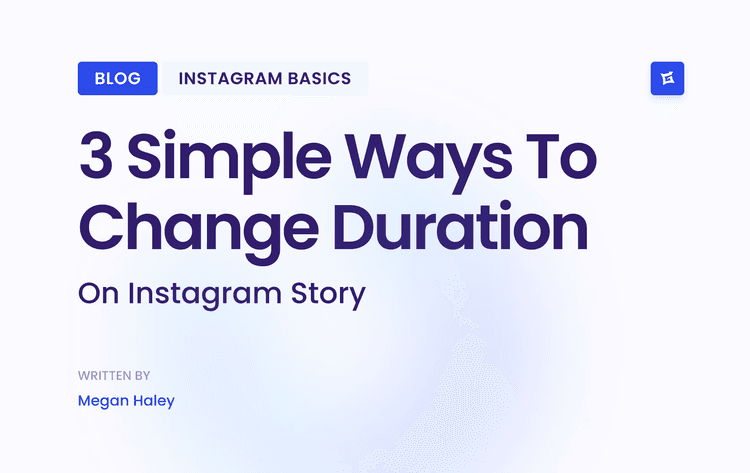
.png&w=750&q=75&dpl=dpl_9XSWKBjhcBN6v6b1SN7m3p1WWjfr)
